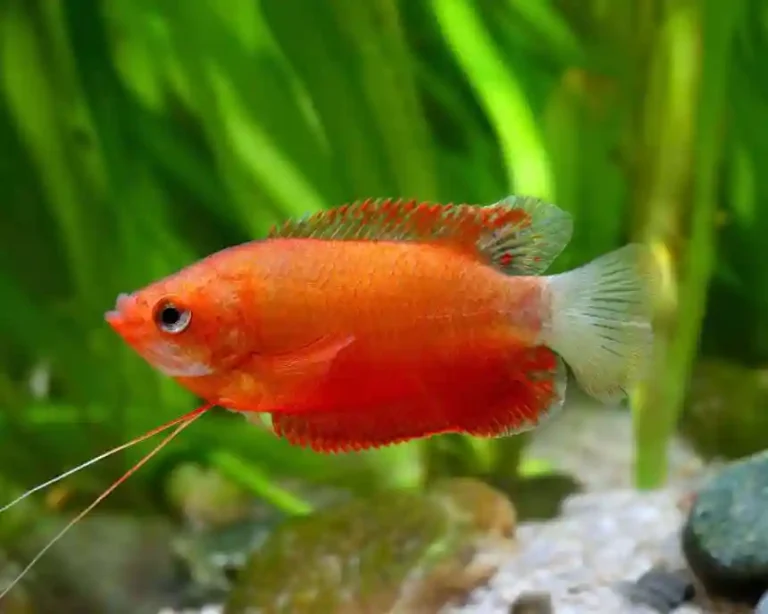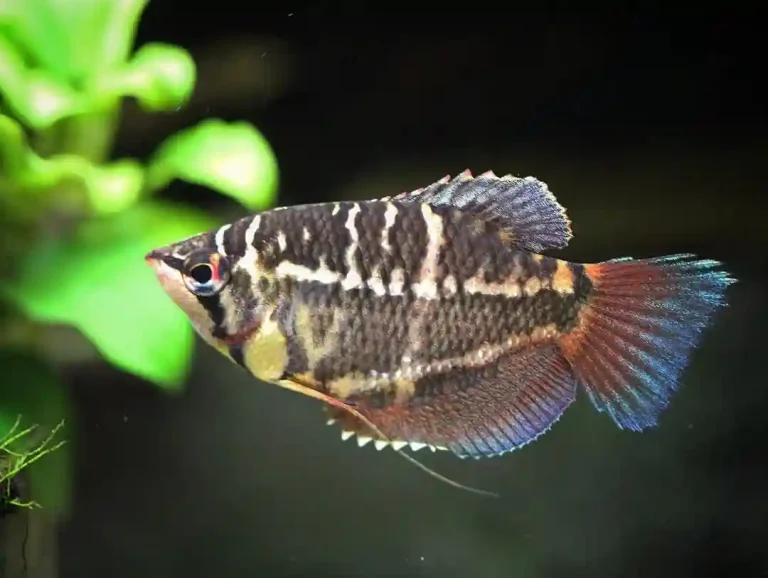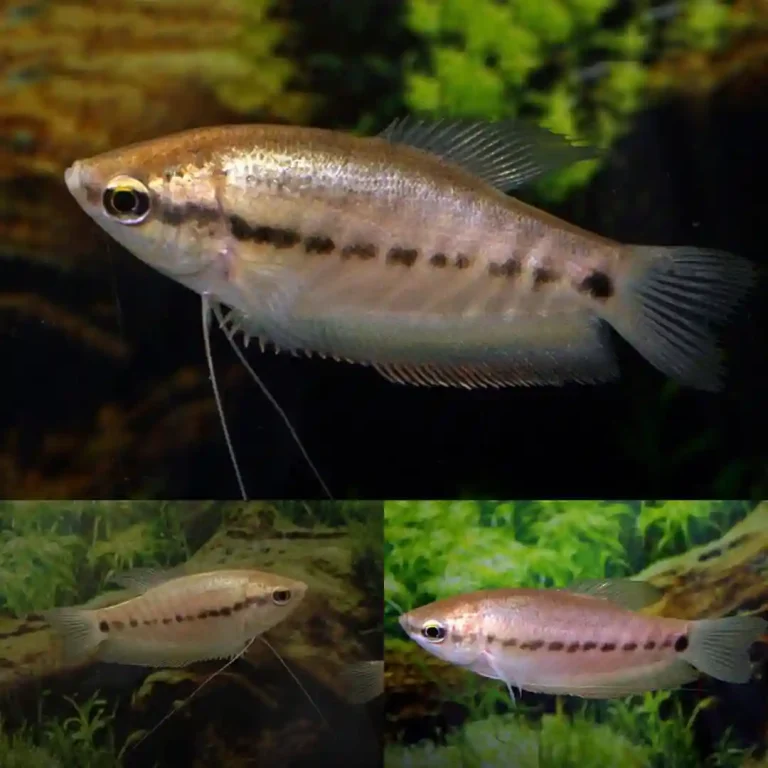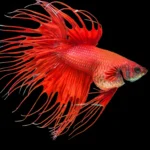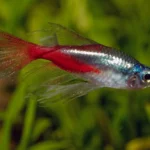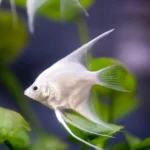Mollies fish Care Guide: Feeding,Breeding Tips
Molly fish are colorful, hardy freshwater fish that are perfect for beginner aquarists. Native to Central America, they are known for their peaceful nature, active swimming, and ability to adapt to a variety of tank conditions. Mollies are livebearers, meaning they give birth to live young, and they are popular for their bright colors and ease of care.
What Is a Molly Fish?
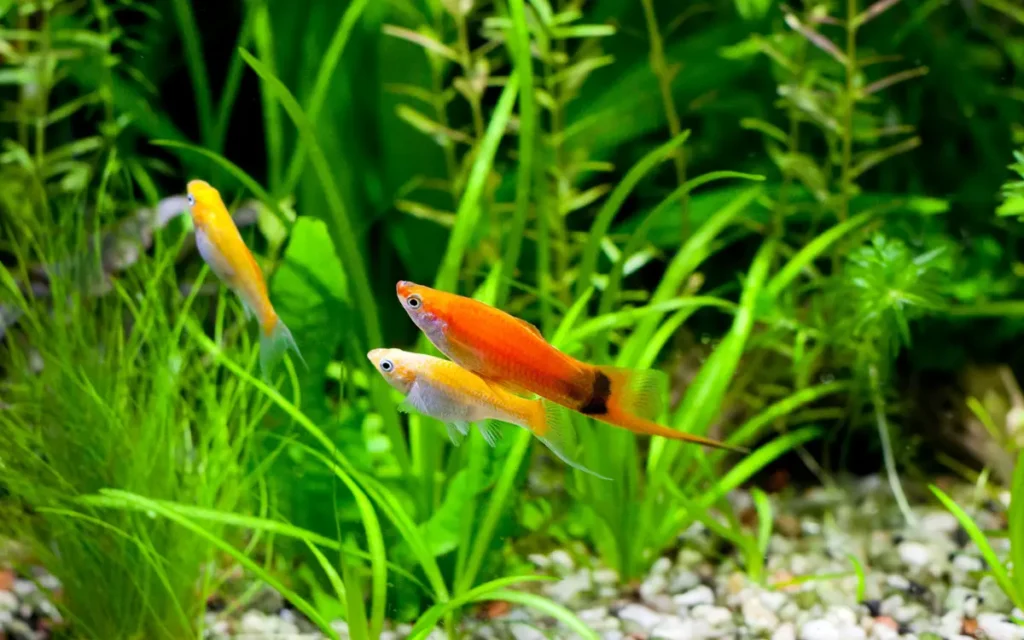
Mollies are small to medium-sized freshwater fish with a peaceful temperament and an active, social nature. They come in many varieties, including Sailfin Mollies, Black Mollies, and Dalmatian Mollies, each with its own unique color patterns and fin shapes. Mollies are well-suited to community tanks and thrive in groups.
Molly Fish Profile
| Feature | Details |
| Size | 3–5 inches (variety dependent) |
| Lifespan | 3–5 years |
| Temperament | Peaceful, social, active |
| Tank Size | 20 gallons minimum |
| Temperature | 72–78°F |
| pH | 7.5–8.5 |
How Big Do Mollies Get and How Long Do They Live?
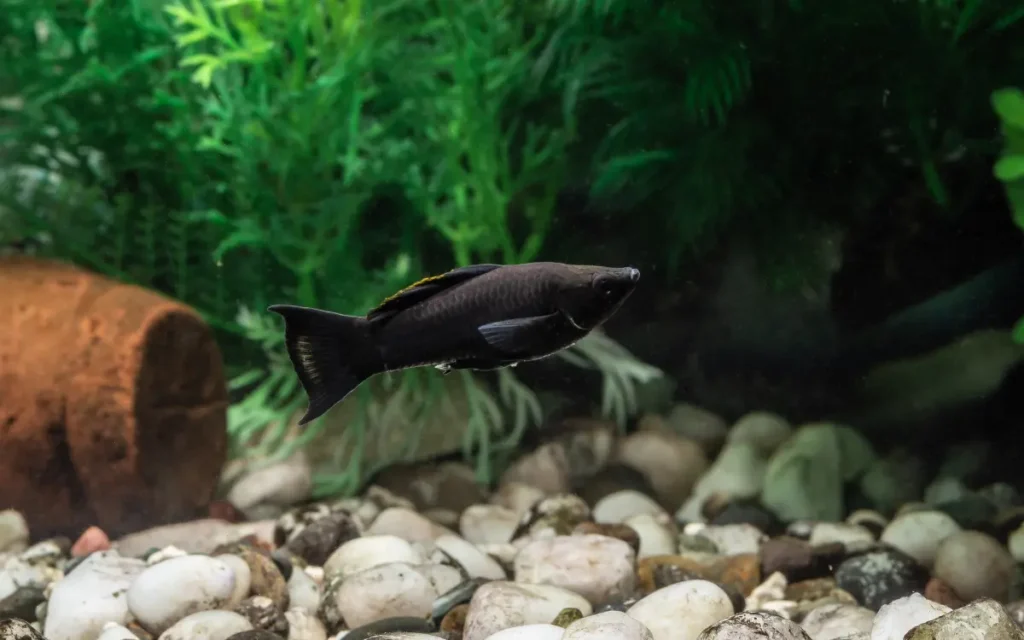
Adult mollies typically grow between 3 to 5 inches long, depending on the variety. For example, Sailfin Mollies are larger than Shortfin Mollies. With proper care — clean water, the right diet, and suitable tank conditions they generally live 3 to 5 years.
Ideal Tank Setup for Molly Fish
Tank Size
Mollies need at least a 20-gallon aquarium for a small group. Larger tanks are better, especially for Sailfin Mollies or mixed community tanks, as these fish are active swimmers that appreciate space.
Water Conditions
Mollies thrive in water temperatures of 72–78°F and prefer a pH of 7.5–8.5. They do well in slightly hard water and can tolerate mildly brackish conditions (a bit of salt in the water). A strong filter is important to maintain clean, oxygen-rich water.
Substrate and Decor
Use fine gravel or sand as the substrate. Mollies enjoy tanks with hardy plants (like Java Fern or Anubias), smooth rocks, and driftwood. Ensure there’s open swimming space in the center of the tank.
What Do Molly Fish Eat?
Mollies are omnivores that naturally eat algae, plant matter, and small aquatic animals. In the aquarium, feed them high-quality flakes or pellets, algae wafers, and blanched vegetables like spinach or zucchini. Live or frozen foods like brine shrimp and daphnia are great for added variety. Feed once or twice daily in small amounts that they can finish in a few minutes.
Molly Fish Behavior and Tank Mates
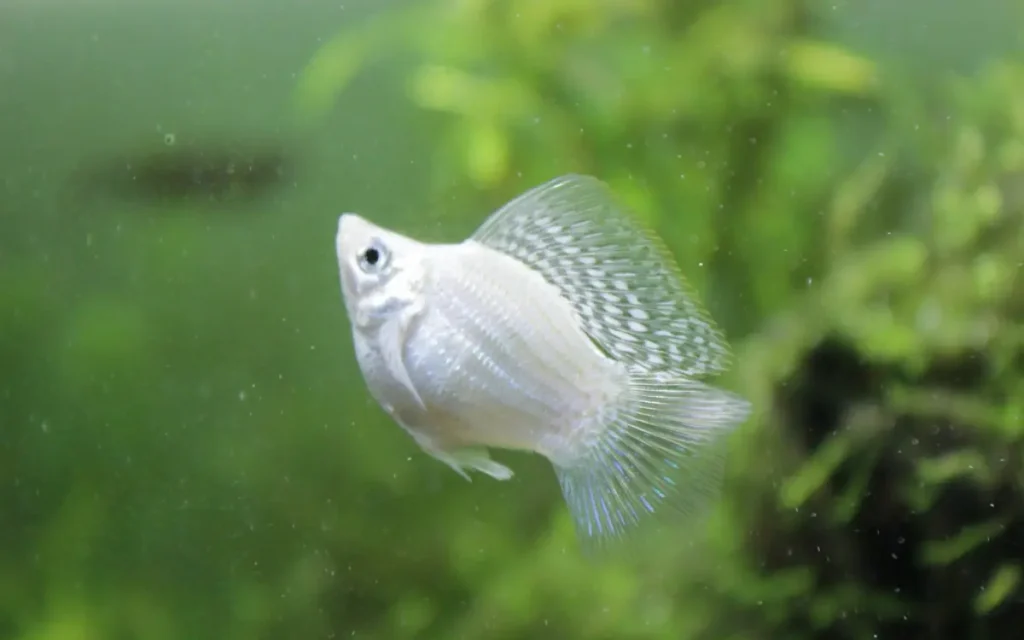
Mollies are peaceful, active swimmers that do best in small groups of three or more. Males may occasionally chase females, so it’s best to keep a higher ratio of females to males.
Good tank mates include guppies, platies, swordtails, Corydoras catfish, rasboras, and peaceful tetras. Avoid aggressive or fin-nipping species.
Molly Fish Tank Mate Compatibility
| Potential Tank Mate | Compatibility | Notes |
| Guppies | Excellent | Peaceful, similar size, similar water preferences. |
| Platies | Excellent | Both are livebearers and thrive together. |
| Swordtails | Excellent | Similar temperament and diet. |
| Corydoras Catfish | Excellent | Peaceful bottom dwellers; no competition for space. |
| Rasboras | Good | Active but peaceful; prefer schools. |
| Tetras (peaceful types) | Good | Choose non-fin-nipping species like Neon Tetras. |
| Snails (e.g., Nerite) | Good | Mollies generally ignore snails; snails help with algae. |
| Shrimp (e.g., Amano) | Mixed | Mollies may nip at small shrimp, especially babies. |
| Betta Fish | Not Recommended | Risk of aggression from bettas or fin-nipping by mollies. |
| Angelfish | Not Recommended | Mollies may nip fins, angelfish may be territorial. |
| Barbs (e.g., Tiger Barbs) | Not Recommended | Known fin-nippers; stressful for mollies. |
Breeding Molly Fish
Mollies breed easily in home aquariums. As livebearers, females give birth to live fry about every 4–6 weeks. To protect fry, provide dense plants or a breeding box, as adult fish may eat the young. For higher survival rates, move fry to a separate nursery tank.
Common Molly Fish Problems
Mollies are generally hardy but can face issues like overbreeding, ich, or fin rot if the tank isn’t well-maintained. Crowded tanks or poor water quality can cause stress. Prevent problems with regular water changes, stable conditions, and a balanced diet.
FAQs
How long do molly fish live?
Mollies live 3–5 years with proper care.
Do molly fish need a heater?
Yes, most homes will need a heater to maintain a stable temperature of 72–78°F.
Can molly fish live alone?
No — mollies are social and do better in groups.
Are molly fish good for beginners?
Yes — mollies are hardy, peaceful, and adaptable to different setups.
Final Thoughts
Mollies are colorful, peaceful fish that make a fantastic addition to freshwater aquariums. Provide them with a clean, well-sized tank, stable water conditions, and a varied diet, and you’ll enjoy their lively presence for years.

